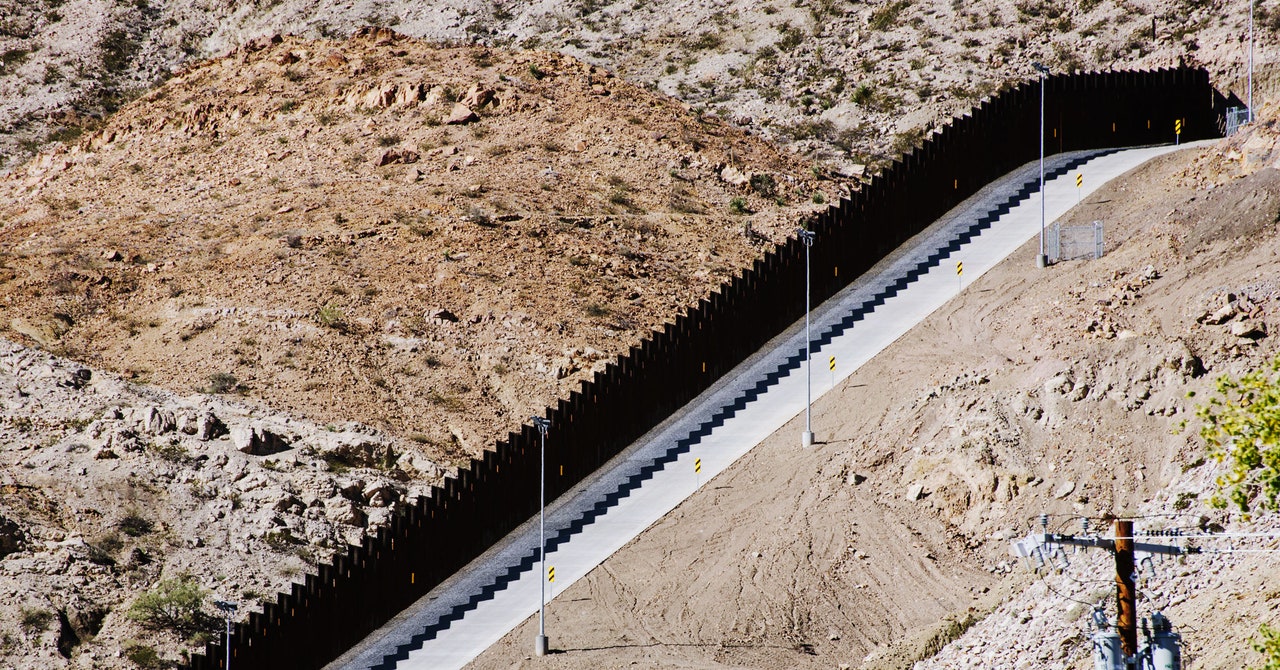
Fence construction is growing rapidly throughout the world. An extension of the dingo fence is underway to add another 460 miles. Stout, often impermeable, fences are going up on national borders in Eastern Europe to deter migrants, and Europe now has more miles of border fences than it had during the Cold War. In China, the chief threat to Przewalski’s gazelle is habitat fragmented by new barriers. The length of fences in the American West alone is estimated at more than 620,000 miles—nearly three times the distance from the Earth to the moon.
Better understanding the role that fences play in ecosystems can often lead to simple fixes, such as figuring out which ones can be removed or modified and then doing things like raising the height of the bottom strand to allow animals to pass under or lowering the top wire to allow them to jump over.
In the western US, simple reflectors are being added to fences to allow sage grouse, peregrine falcons, and other birds to see the wires and avoid collisions. Some ranchers are using portable fencing, moving it from pasture to pasture when needed, rather than leaving fences up all the time. And virtual fencing, where livestock wear collars that vibrate when they get close to a wire in the ground—like an invisible fence for dogs—is being widely used.
Many miles of fence have been removed by tribes, land trusts, ranchers, and government agencies as a better understanding of the role in the natural world emerges. One of those efforts is the Absaroka Fence Initiative in Wyoming, which has taken up miles of unused “ghost fencing” in Wyoming.
Fences aren’t always a problem—in the right place they can be an essential tool for conservation. New fencing, for example, has become an important tool in managing predators—especially grizzly bears near more populated areas. Stout electrical fences are essential for fencing off chicken coops, beehives, and other grizzly bear attractants.
On the Confederated Salish and Kootenai Reservation in western Montana, there are dozens of underpasses and overpasses with high fences that funnel wildlife into them, enabling grizzly bears, wolves, deer, and other species to safely cross Interstate Highway 93.
One of the pioneers in the field of fence ecology, Arthur Middleton, an assistant professor of wildlife management and policy at UC Berkeley, has studied the role of fences in antelope migration in Wyoming. He hopes the new focus on these barriers will “open people’s eyes to the scale of fence effects.”
“Our next steps,” he said, “are to better understand the actual biological cost that all these fence-related behavioral changes have on wildlife populations and find ways to mitigate those effects at a really large scale.”
More Great WIRED Stories


